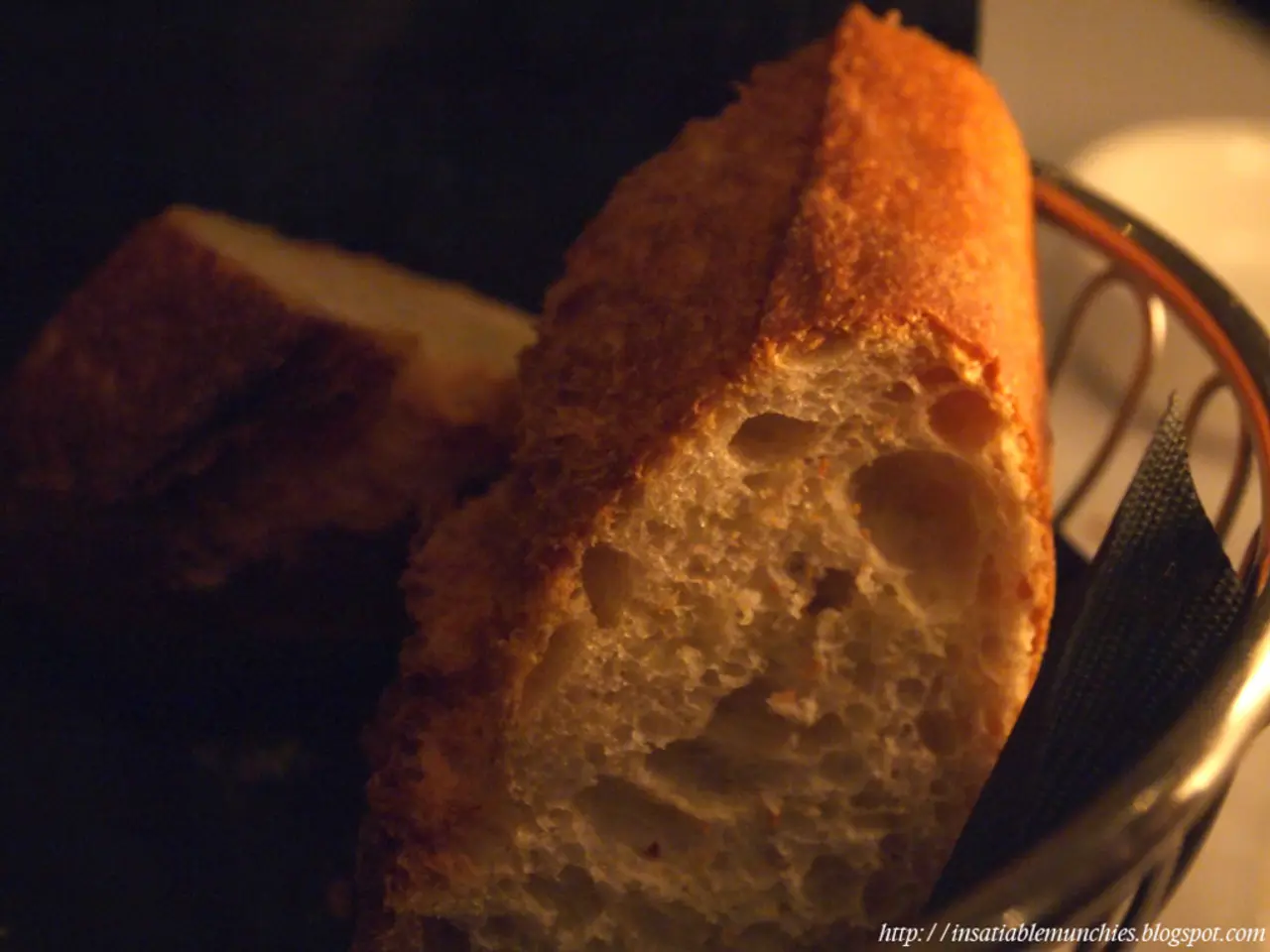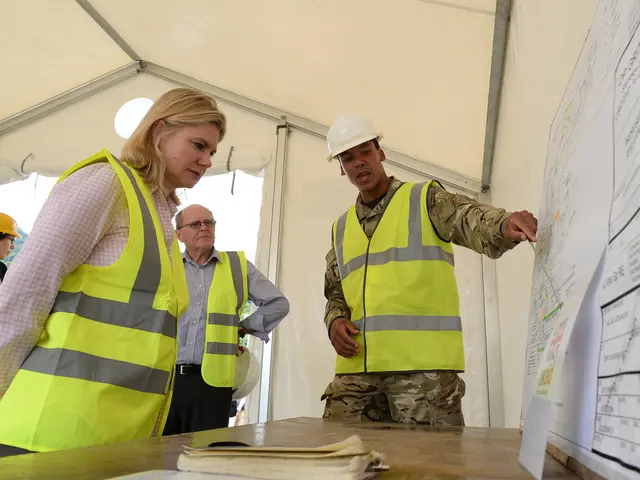In Gaza, despite food sales, masses continue to experience food scarcity and starvation
In the heart of Gaza City, the Al-Sahaba Market bustles with activity, yet the abundance of goods does little to alleviate the hunger crisis that continues to grip the region.
Recent reports indicate that looted aid supplies are finding their way onto market stalls, further exacerbating the already drastic increase in food prices. According to the emergency coordinator for Doctors Without Borders in Gaza, Jean Guy Vataux, traders and corrupt gangs are sending children to loot aid supplies.
The prices for basic food staples have soared drastically, with a 25-kilogram sack of flour now costing 1,125 shekels, a staggering increase from 47.5 shekels before the conflict. This means that a $50 purchase roughly buys only 0.5 kg of sugar, 6 kg of flour, 1 kg of tomatoes, 1 kg of cucumbers, 2 kg of onions, and 0.5 kg of coffee, making it unaffordable for most families.
The United Nations reports that about 74% of UN aid shipments to Gaza have been intercepted since mid-May 2025, with around 78% of food shipments affected. This shortage has led to a severe lack of essential items such as meat, milk, rice, and eggs.
Despite some recent commercial goods allowed into Gaza, prices remain high, and many families still struggle to afford food. Prices for staples like flour and sugar have shown some decline after mid-2024 due to renewed food imports, but severe shortages and inflation persist.
Most looting is carried out by hungry civilians, according to Olga Cherevko, spokesperson for the United Nations Office for the Coordination of Humanitarian Affairs (OCHA). The looted food is being resold for "far too much money," as stated by various sources.
The Israeli COGAT authority announced in early August that it would allow the import of goods through the private sector to reduce dependence on the UN and international organizations. However, the impact of this decision on the food prices and availability remains to be seen.
The video of Al-Sahaba Market in Gaza City, taken on July 28, 2025, by photographer Majdi Fathi, shows an abundance of goods and many shoppers, yet the high prices and shortages continue to affect the majority of people in Gaza. According to Fathi, the vegetables and fruits on the market are very expensive, and the majority of people in Gaza cannot afford them.
The data on food prices in Gaza cannot be independently verified, but the evidence of looting and high prices, coupled with the reports of aid shipment interceptions, paint a grim picture of the ongoing crisis. Hani Almadhoun, co-founder of the local initiative Gaza Soup Kitchen, states that while this boosts the local economy, it does not help those who cannot afford to buy the goods.
The Al-Sahaba Market video does not contradict the hunger crisis in Gaza. It serves as a stark reminder of the challenges faced by the people of Gaza in their daily struggle for food and survival.
Read also:
- Nightly sweat episodes linked to GERD: Crucial insights explained
- Antitussives: List of Examples, Functions, Adverse Reactions, and Additional Details
- Asthma Diagnosis: Exploring FeNO Tests and Related Treatments
- Unfortunate Financial Disarray for a Family from California After an Expensive Emergency Room Visit with Their Burned Infant








